
Issue #76: Saturday 4 January, 2025
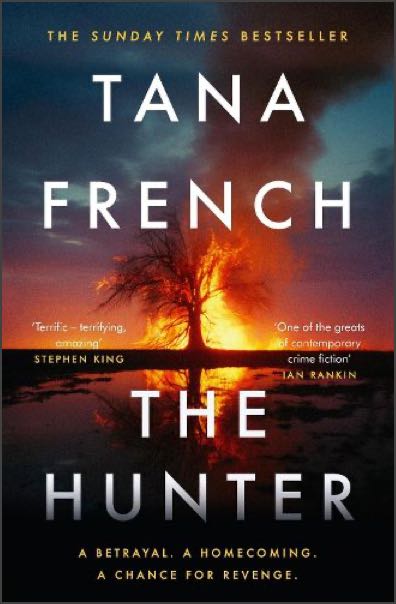
This is a sequel to French’s The Searcher, published in 2020, which I greatly enjoyed. Both books are set in a village in Ireland and feature many of the same characters: the retired Chicago detective Cal Hooper, who has settled in Ireland after the death of his wife; and Trey, a wild teenager who Cal has taken under his wing and for whose well-being he feels responsible.
In this book, Trey’s father has returned home after four years in England. Trey is dismayed by his return and would like to see the back of him again sooner than later. He’s a shady character, and it soon emerges that his decision to return to the village isn’t because of remorse for having abandoned his family, or any feelings of goodwill towards them, though this is what he professes. No, he has a get-rich scheme in mind.
Young Trey is a fascinating, complex character, and her long-simmering resentment against both her father and the people of the town (because of incidents in the previous novel) greatly complicate Cal’s efforts to put a spike in her father’s plans.
Excellently written, with a great handling of tension and conflict and very interesting characters and relationships. What’s not to like?
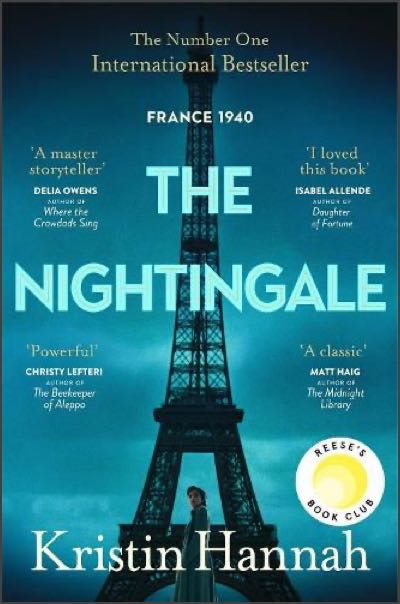
This is a very moving book about two French sisters, Isabelle and Vianne, during World War II, when France is invaded and occupied by the Germans. While the horrors of the occupation and the sufferings and struggles of the sisters are the core of the story, an equally-important thread is their fractured relationship with each other and with their apparently cold and unloving father.
When France falls to the Nazis in 1940, Vianne tries to keep out of trouble, but her life is disrupted in more and more severe ways as the war goes on. Though initially she tries to keep on living in as normal a way as she can, she is gradually forced by circumstances and her conscience to take actions which put herself and her daughter at great risk.
Isabelle, on the other hand, is immediately passionate in her hatred of the Nazis, and becomes more and more involved with the emerging French Resistance movement, eventually helping a series of downed Allied airmen escape France by a perilous trek over the mountains into Spain.
A note to the reader at the beginning of the book makes it clear that much of the novel is based on true stories of such women, jolted out of their everyday lives into feats of astonishing heroism. Unlike men’s heroism, which has been celebrated and documented in innumerable books and films, the heroism of women like these has often been overlooked by the world at large, and downplayed by the women themselves.
Highly recommended.
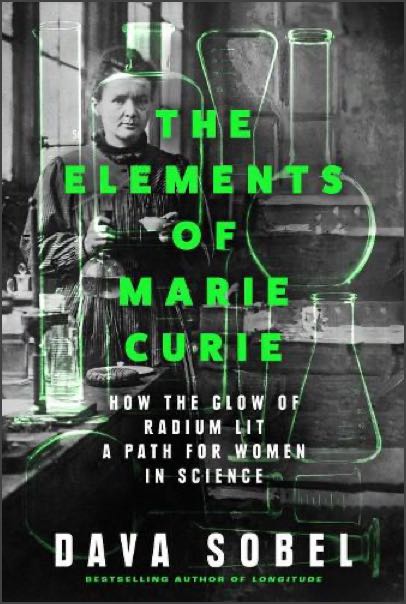
Dava Sobel is a really excellent writer on the history of science and technology. The first of her books I read was Longitude, a riveting account of the development in the 1700s of a means to determine a ship’s location at sea, and the work by John Harrison to develop a chronometer which could maintain its accuracy for months, even on board a pitching ship.
In more recent years Sobel has had a particular focus on the largely-unacknowledged role of women in science and technology. For example, her book The Glass Universe looks at the pioneering astronomy work of women at the Harvard College Observatory in the late 1800s.
So this book, a biography of certainly the most famous woman scientist of all time, continues that focus.
Simply seen as an up-to-date biography of Marie Sklodowska Curie this would be a very readable and welcome book; but Sobel takes a very interesting approach to her story.
On one hand, as indicated by the title, the book focuses on the elements discovered by Marie Curie and her circle of colleagues, assistants, and protégés. On the other, and more important, hand it looks her influence on others, particularly the many young women (and a couple of men) who she brought into her laboratory, trained and inspired. Each chapter is headed by the name of one such person, followed by the name of an element they discovered or were associated with. One of those young women was her own daughter, Irène, who was to marry Frédérick Joliot, also appointed by Marie to her Radiation Laboratory. Irène and Frédérick subsequently made important scientific discoveries in their own right.
I learned a great deal from this book, both about the underlying science and about Marie Curie herself. I hadn’t realised, for example, how instrumental she was in setting up the use of X-Rays to help surgeons treat wounded soldiers in the First World War, indeed equipping vans with X-Ray equipment and even driving one such van to the front herself.
Top-notch. Highly recommended.
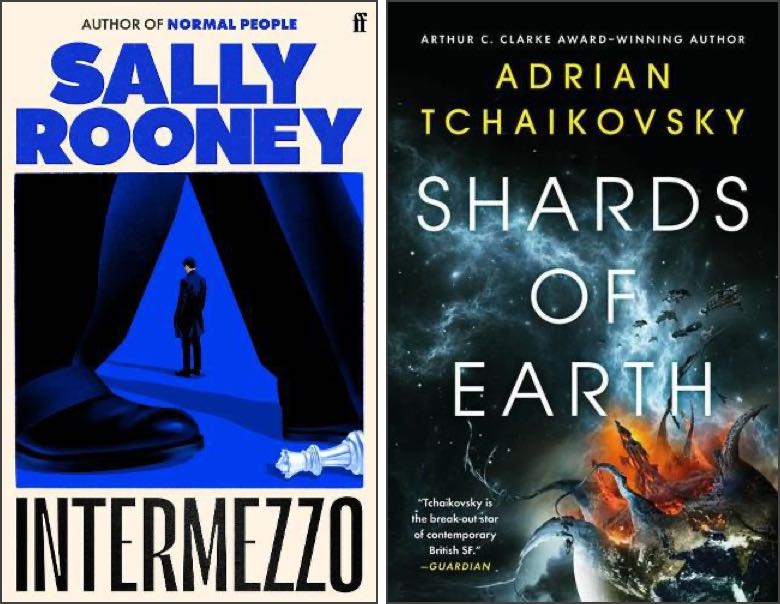
Exactly the same list as in last issue. I’ll get to these soon, I swear!
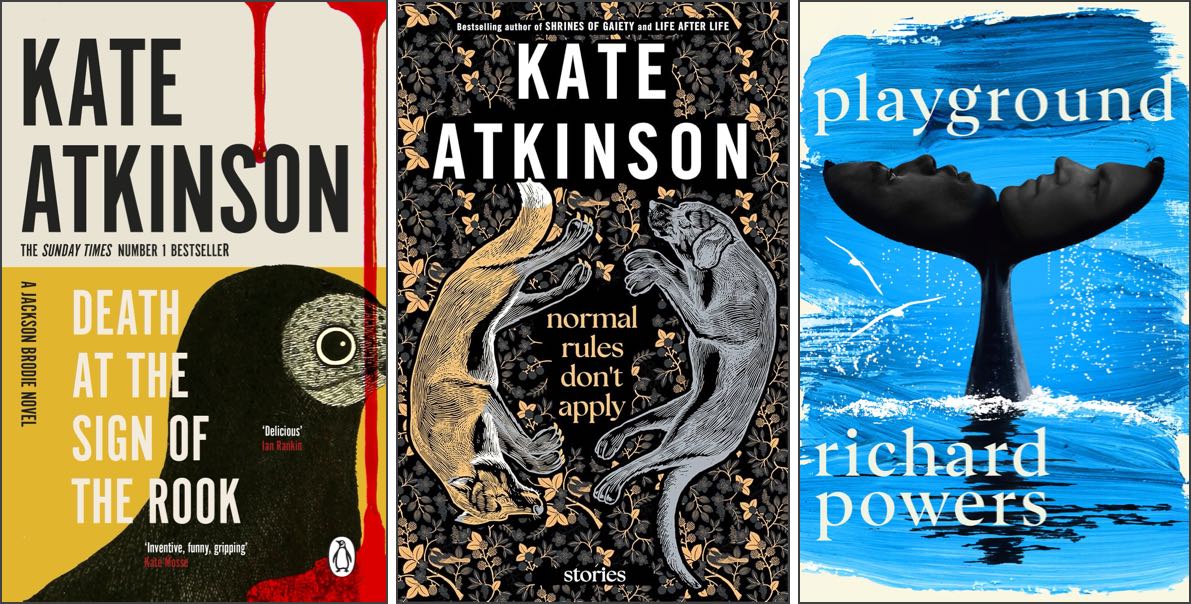
A couple of older reviews, published before I started this newsletter.
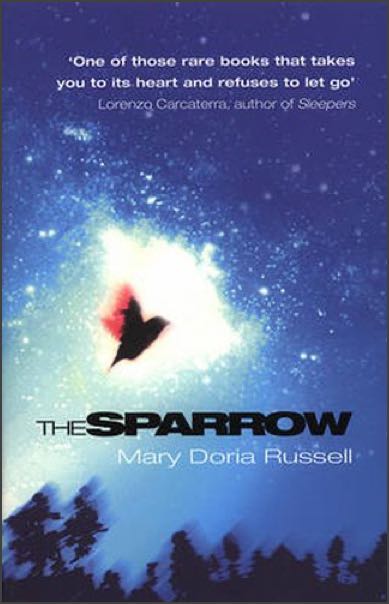
Review written October 2015
This is a disturbing and thought-provoking account of first contact with an alien species, though the core of the story is one man’s relationship with God, and a head-on confrontation with the “Problem of Evil”.
The novel starts in Rome in the year 2059. We discover that the sole survivor of a disastrous expedition to the alien planet Rakhat is being held in the care of the Society of Jesus (the Jesuits), who apparently sponsored the trip. Emilio Sandoz is in a bad state: his hands terribly disfigured, and psychologically traumatised. How he came to be in this condition is revealed through the course of the book, which runs in two strands: one dealing with Sandoz’s slow recovery and justification of his actions to his superiors; the other dealing retrospectively with the discovery of intelligence on Rakhat, the plan to mount an expedition there, and Sandoz’s relationships to his friends, who eventually accompany him.
What happens to the expedition on Rakhat, and in particular to Emilio Sandoz, is disturbing and ultimately distressing. But it’s the effect on the mental state of the priest Sandoz which is the focus; his initial and growing certainty that God has chosen him to make this voyage, and then his ultimate despair at the awful outcome. Did God will these awful things? Did He fail to prevent them? Why?
Is it credible that the Society of Jesus would mount and fund a secret expedition to a newly-discovered alien culture? Is it feasible that an expedition could get there and return at slower-than-light speeds using relativistic effects, so that the entire return trip would take less than 40 years to observers on Earth (and only a few years to Sandoz)? Perhaps not, but that’s hardly the point.
This book has definite resonances with James Blish’s 1958 novella A Case of Conscience, which also looks at the religious implications of contact with alien intelligence, and whose protagonist, interestingly, is also a Jesuit priest. And I was also interested to see that Russell specifically mentions Dorothy Dunnett’s historical novels as an influence. There are definitely elements of Francis Crawford of Lymond in Emilio Sandoz.
While The Sparrow does have some flaws, it’s a brilliant first novel.
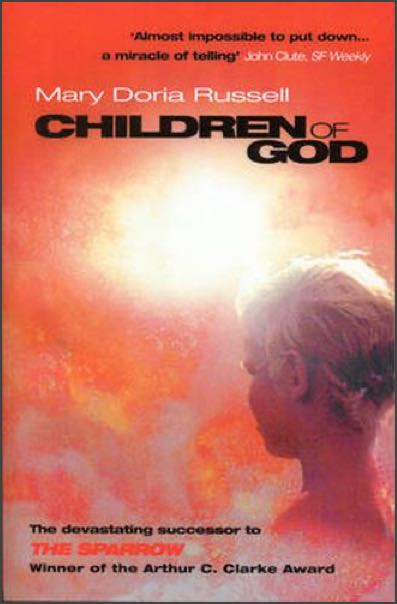
Review written October 2016
The sequel to The Sparrow offers a kind of redemption, as Sandoz, slowly recovering from his shattering experiences, is eventually forced by the Church authorities to return to Rakhat, bitterly against his will—he is, in fact, kidnapped and taken on board the spacecraft while unconscious. The trip to Rakhat is at a good percentage of the speed of light, lasting only six months for the travellers, but many years will pass on Earth—and on Rakhat—during the voyage.
Russell deals with this travel-time gap very intelligently and does not try to fudge its consequences. Because of this gap in time, Sandoz is torn permanently away from the loving relationship he had begun to establish with a divorced woman and her young daughter on Earth. The inter-personal conflicts with the others on the new expedition who have been complicit in Sandoz’ kidnapping are therefore very sharp and bitter.
When Sandoz arrives back on Rakhat, many years have passed there, too. What he discovers is that the earlier expedition triggered unforeseen, wide-ranging revolutionary consequences. The second expedition thus returns, essentially, to a different world. What has happened during their absence is slowly revealed in flash-backs through the viewpoint of a lone survivor of the first expedition (of whose survival Sandoz has been ignorant), and the viewpoints of a number of the alien species caught up in the changes brought about by the earlier expedition.
This bloody revolution, for which he is partially responsible, presents Sandoz with a new set of ethical dilemmas. Ultimately he finds himself needing to defend, with his life, the very species which had been the source of his torment on the first expedition. And in doing so, place himself against the fierce opposition of someone he once loved.
Like The Sparrow, the sequel is engrossing, unputdownable reading, and you complete it with a sigh, unable to get it out of your head for several days afterwards.
I’m continuing to watch or re-watch my way through the Marvel Cinematic Universe movies, but again there’s no stand-out movie I can be bothered reviewing.
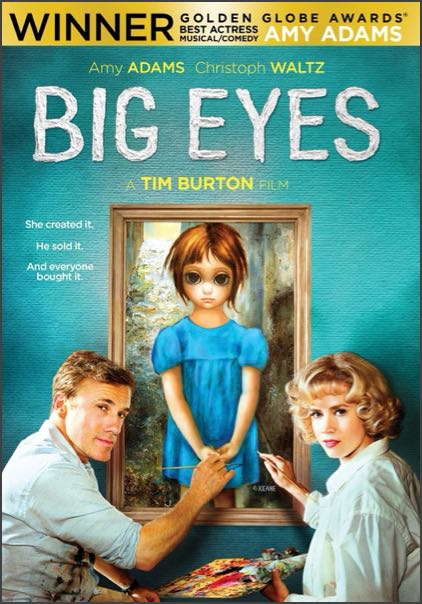
I very much enjoyed this 2014 movie directed by Tim Burton, which I watched with my daughter and son-in-law in the last week of 2024.
It’s based on a true story about Margaret Ulbrich, an American mother in her thirties, who paints rather kitchy paintings of children with disturbingly large eyes. After leaving her husband, she meets and then marries a man called Walter Keane, who professes admiration for her work. He portrays himself as an amateur artist himself, selling rather formulaic paintings of street scenes in Paris. When he finds that Margaret’s work is getting more attention than his own, he begins to take credit for it, eventually forcing her to conceal her own involvement completely, even from her own daughter.
The paintings gain a strong following, are turned into merchandise such as posters, T-shirts and tote bags, and Keane becomes rich. Margaret’s attempts to break free from his control are initially futile. Satisfyingly, however, Keane eventually gets his come-uppance in a dramatic court scene.
Definitely a “feel-good” movie. But what’s wrong with that? At the end of 2024 I definitely needed to feel better.
From: Mark Nelson
Date: 1 January 2025
I seem to have rebooted my laptop without saving the loc I’d started on Biblioscope. It’s a classic error and I should know better. OTOH, I’d only written a paragraph. But I still can’t believe I hadn’t saved that paragraph.
I have a pretty good idea of what I wrote in the forever lost paragraph. I’ll add Philip Reeve’s Railhead to my list of books that I’d like to read. I now have a list of Young Adult books I’d like to read, all written by Philip Reeve and all based upon your recommendations.
After writing the original version of the previous paragraph we went into Sydney for a day. Although I promised my wife that I’d buy no books, because I’d been on a splurge of second-hand books just before Christmas, I still went to Kinokuniya. I thought there was no harm in just looking. But I am weak willed when it comes to books. And just looking so often turns into buying, particularly if they have a book I am looking for. So I purchased Railhead. Why did I choose Railhead rather than the first of the Utterly Dark trilogy? I’ve never been a train spotter or a train nerd. But I do like riding trains. A book series that uses trains to travel amongst the stars? I couldn’t resist that.
Kinokuniya also contained Murakami’s latest novel, The City and Its Uncertain Walls, which I was very tempted to buy. However, I have been steadily working my way through his collections of short stories; instead I bought The Elephant Vanishes. That only leaves After The Quake to find. It seems that Kinokuniya keeps in stock all of his collections/novels, at least those that have been translated into English. That must say something about his appeal. I have also seen The City and Its Uncertain Walls for sale in both Kmart and Target, which is even more impressive. Though whether they stocked his earlier novels when they were released I don’t know.
Did you watch the movie Norwegian Wood (2010)? It’s based upon a novel by… Haruki Murakami. I just thought that I’d throw that into the mix.
I haven’t watched Norwegian Wood though I’ve read and enjoyed the novel. I did watch Drive My Car, a strong recommendation from Perry Middlemiss. It’s based on one of his short stories. I found it to be very engaging, but enigmatic (typical Murakami!).
– David
If you’d like to make a modest contribution to my efforts in this newsletter, I’d love it if you would buy me a coffee.
Want to comment? Please send an email to:

© Copyright 2025 by David R. Grigg
and licensed under Creative Commons License CC BY-ND 4.0.